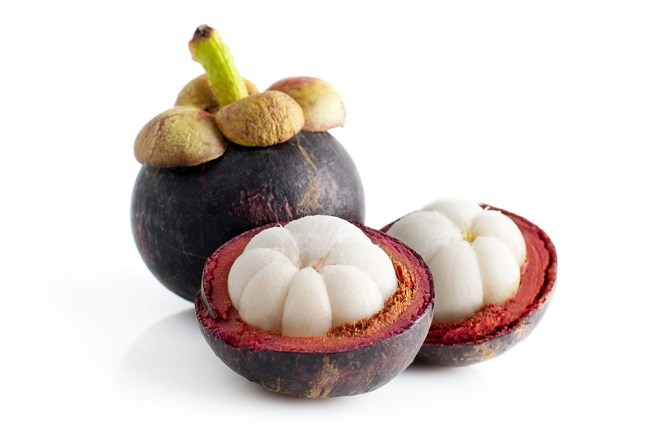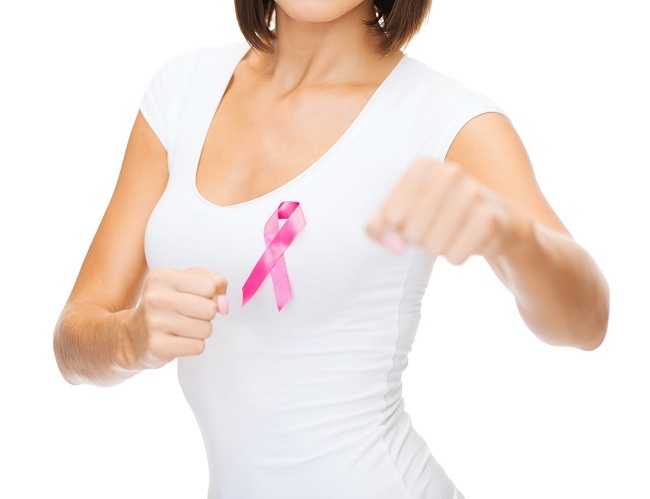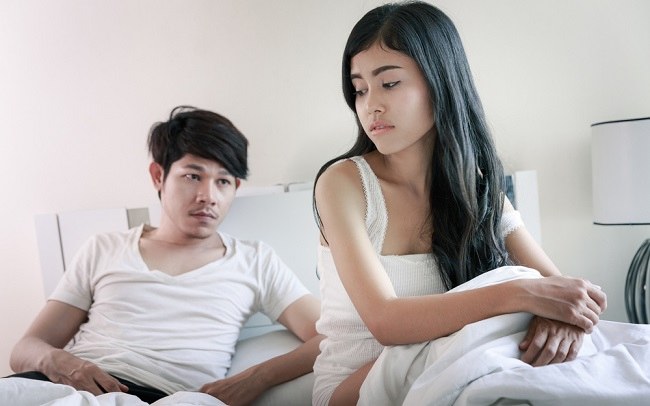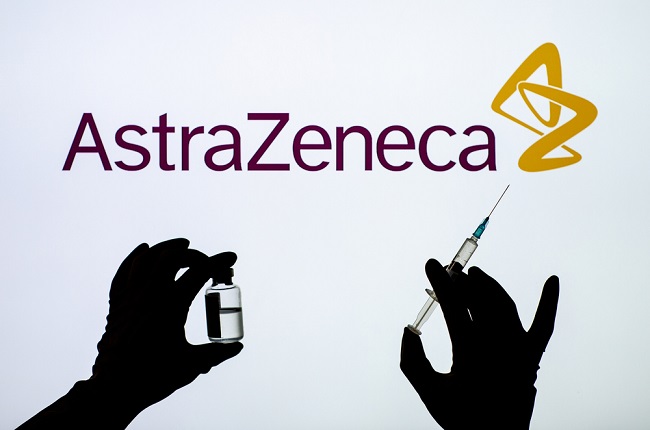Monkeypox is a viral infection characterized by purulent nodules on the skin. This disease is found in the Democratic Republic of the Congo and Nigeria.But on May 9, 2019, Singapore government reports that This disease is found in Singapore.
At first, monkeypox has symptoms similar to chickenpox, namely watery nodules. As the disease progresses, watery nodules turn into pus and cause lumps in the neck, armpits, or groin due to swollen lymph nodes.

Monkeypox is a disease that can be passed from person to person, but its main source is rodents and primates, such as infected mice, squirrels, and monkeys.
Monkeypox is a very rare disease, but it can affect anyone. The disease was first discovered during an outbreak in Africa in the 1970s.
Causes of Monkey Pox
Monkeypox is caused by the monkeypox virus, which is spread through splashes of the patient's saliva, which enters through the eyes, mouth, nose, or wounds on the skin. Apart from sprinkling saliva, transmission can also be through contaminated objects, such as the patient's clothing. However, human-to-human transmission is limited and requires prolonged contact.
Transmission of monkeypox initially occurred from animals to humans, namely through the scratches or bites of animals infected with the monkeypox virus, such as monkeys or squirrels. Apart from being scratched or bitten, exposure to the body fluids of these animals directly or through contaminated objects can also make a person infected with monkeypox.
Symptoms of Monkey Pox
Symptoms of monkeypox will appear 5-21 days after the sufferer is infected with the monkeypox virus. The early symptoms of monkeypox are:
- Fever
- Shivering
- Tired or limp
- Headache
- Muscle ache
- Swollen lymph nodes (a lump in the neck, armpit, or groin)
Early symptoms of monkeypox can last for 1-3 days or even more. After that, the rash will appear on the face and spread to other parts of the body, such as the arms and legs.
The rash that appears will develop from a nodule filled with fluid to filled with pus, then break and crust, then cause ulcers on the surface of the skin. This rash will last up to 2-4 weeks.
When to go to the doctor
On May 9, 2019, the Singaporean government announced that there was 1 case of monkeypox in Singapore. Until this article was published, there have been no reports of transmission of monkeypox to other patients.
Immediately consult a doctor if you feel symptoms such as chickenpox, which is a watery rash, especially if:
- The nodule is filled with pus
- Just on vacation from Singapore
- There is contact with monkeys or squirrels
Some countries that still have cases of monkeypox are the Democratic Republic of the Congo and Nigeria. For information, the monkeypox sufferer in Singapore is a Nigerian citizen. Immediately consult a doctor if you experience symptoms of monkeypox after traveling to these two countries.
Monkeypox Diagnosis
In the early stages of the examination, the doctor will check for symptoms and the type of rash that appears. The doctor will also ask for travel history from countries that have cases of monkeypox.
The appearance of a rash alone does not necessarily indicate monkeypox, so doctors need to carry out further examinations to see the presence of the virus in the body, namely through:
- blood test
- Throat swab test
- Skin biopsy (removal of a sample of skin tissue for examination under a microscope)
Monkeypox Treatment
Treatment of monkeypox is done to relieve the symptoms that appear. The doctor will give medicine paracetamol to relieve fever and pain, and ask the patient to rest to speed up the healing process.
In addition, patients are also advised to consume lots of fruit, vegetables, whole grains, low-fat milk, and whole grains as energy intake to fight infection.
Monkeypox disease can be transmitted from person to person, although the spread in this way is limited, and 1 in 10 sufferers are at risk of death. Therefore, patients need to be treated in isolation rooms to get monitoring from doctors and prevent the spread of the disease.
Until now, there is no treatment for monkeypox. Monkeypox can heal itself with resistance from the patient's immune system.
Complications of Monkey Pox
Monkeypox has a high cure rate. Although rare, this disease can still cause complications. Less than 10% of sufferers can even experience fatal complications.
Complications of monkeypox include:
- Dehydration
- Bacterial infection
- Lung infection
Monkeypox Prevention
The main prevention of monkeypox is to avoid direct contact with primates and rodents, such as monkeys and squirrels, or people who are infected. In addition, some other preventive steps that can be taken are:
- Wash your hands frequently with soap and water, or an alcohol-based hand sanitizer, especially before eating, touching your nose or eyes, and cleaning wounds.
- Avoid sharing eating utensils or using the same bed linen with people who are infected with monkeypox.
To prevent transmission, doctors can provide variola vaccine, especially for medical workers who treat monkeypox patients. In addition to variola vaccination, medical staff also need to wear personal protective equipment when treating patients.
Variola or smallpox is a disease that has disappeared since 1980. Although variola is a different disease from monkeypox, the variola vaccine has proven to be quite effective in preventing monkeypox. Given the disease that has been eradicated, the availability of this vaccine is also limited.
If you have a pet that is suspected of being infected with the monkeypox virus, contact your veterinarian immediately and do not allow the animal to roam. Keep in mind, use gloves when going to make contact with the pet.









